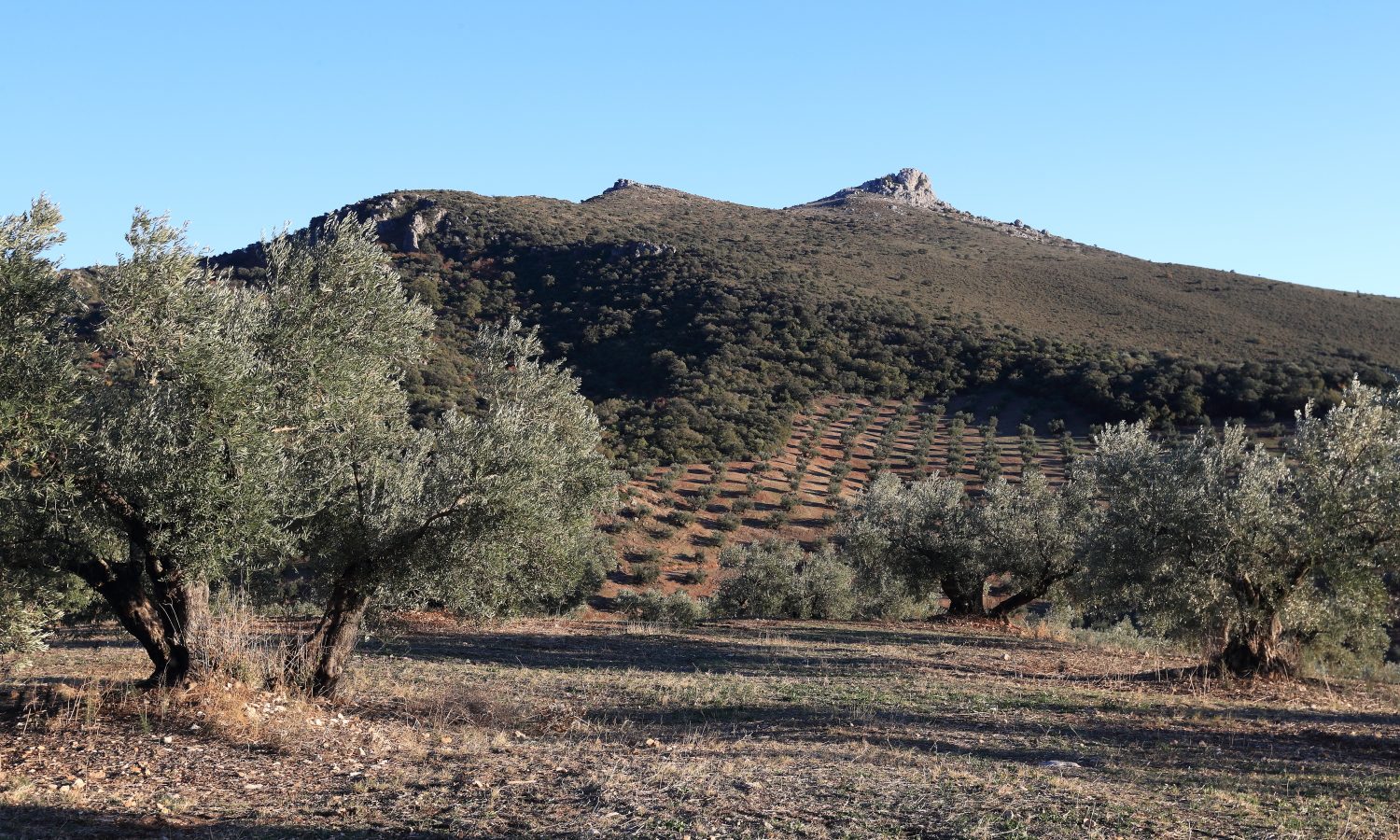
Olive Trees: Why Older Trees are an Important Part of Bertolli’s Process
Bertolli has been making quality olive oil for over 150 years, since Francesco and Caterina Bertolli started their business in Lucca, Tuscany, in 1865. That’s an impressive age for a company, but it’s nothing compared to the maturity of the olive trees harvested for Bertolli’s olive oils.
“All my olive trees are over 100 years old. There are 1,000-year-old trees — and we still don’t consider them to be old,” says Rafael Sicilia, a farmer at Almazaras de la Subbética in Carcabuey, Spain.
Part of Bertolli’s expertise comes from its long accumulation of knowledge about making high-quality oil. Similarly, the old olive trees are able to provide a deep source of information about heritage olive varieties — acting as a genetic library, of sorts — thanks to their advanced age.
Olive trees are among the heartiest tree varieties, known for flourishing in rocky environments and all types of soil where other flora might not survive. They’re drought tolerant and most varieties are self-pollinating, which blocks any cross-pollination mutations (when new varieties are born out of breeding different varieties together through pollination) and allows olive varieties to stay consistent for centuries or longer. In fact, the oldest known olive tree to date is believed to be between 4,000 and 5,000 years old.
For Sicilia, who owns 32 acres of groves where he grows Hojiblanca and Picudo olives, caring for and sustaining an “ancient farm,” as he calls it, is an important component in creating rich and high-quality olive oil.
“If it is properly taken care of, I believe [ancient trees] will produce a richer olive oil. I have tasted lots of olive oil and I believe people can tell the difference when it comes from an older farm. In my opinion, the fruit from an older tree is better.”
Rafael Luque, who has 40 years of experience working with olive trees, agrees. Tending to over 120 acres, where he grows Picudo, Hojiblanca and recently Nevadillo Fino varieties, Luque has noticed a marked difference in fruit quality between the oldest trees on his orchard — the Picudo trees — and the younger trees.
“Seventy percent of my trees are more than 500 years old,” he says. “I think that an ancient farm has better organoleptic properties — the sense experiences. The taste and aroma [of the oils] are stronger and last longer.”
Another case where older often equals better? In wine-making. Producers typically label bottles with the term “Old Vine” when the vines are over 50 years old, though it’s not an industry-regulated term. As a vine ages, it grows less fruit and its foliage thins, which means that the remaining fruit gets extra sun exposure. Old Vine wines tend to be more concentrated in flavor and are highly prized, in part because there is less to go around.
Ultimately, high-quality olive oil — like high-quality wine — can come from a variety of sources. Young olive trees can produce olives for delicious oils, just as young vines grow grapes for high-quality and sought-after wines. In Bertolli’s quest for the best possible raw materials, they’ve classified older trees as a mark of quality and sustainability on their checklist, along with a low level of free fatty acids, an environment with rich soil and so much more. It’s just one more way Bertolli invests in the production process in order to create the best quality olive oils.

